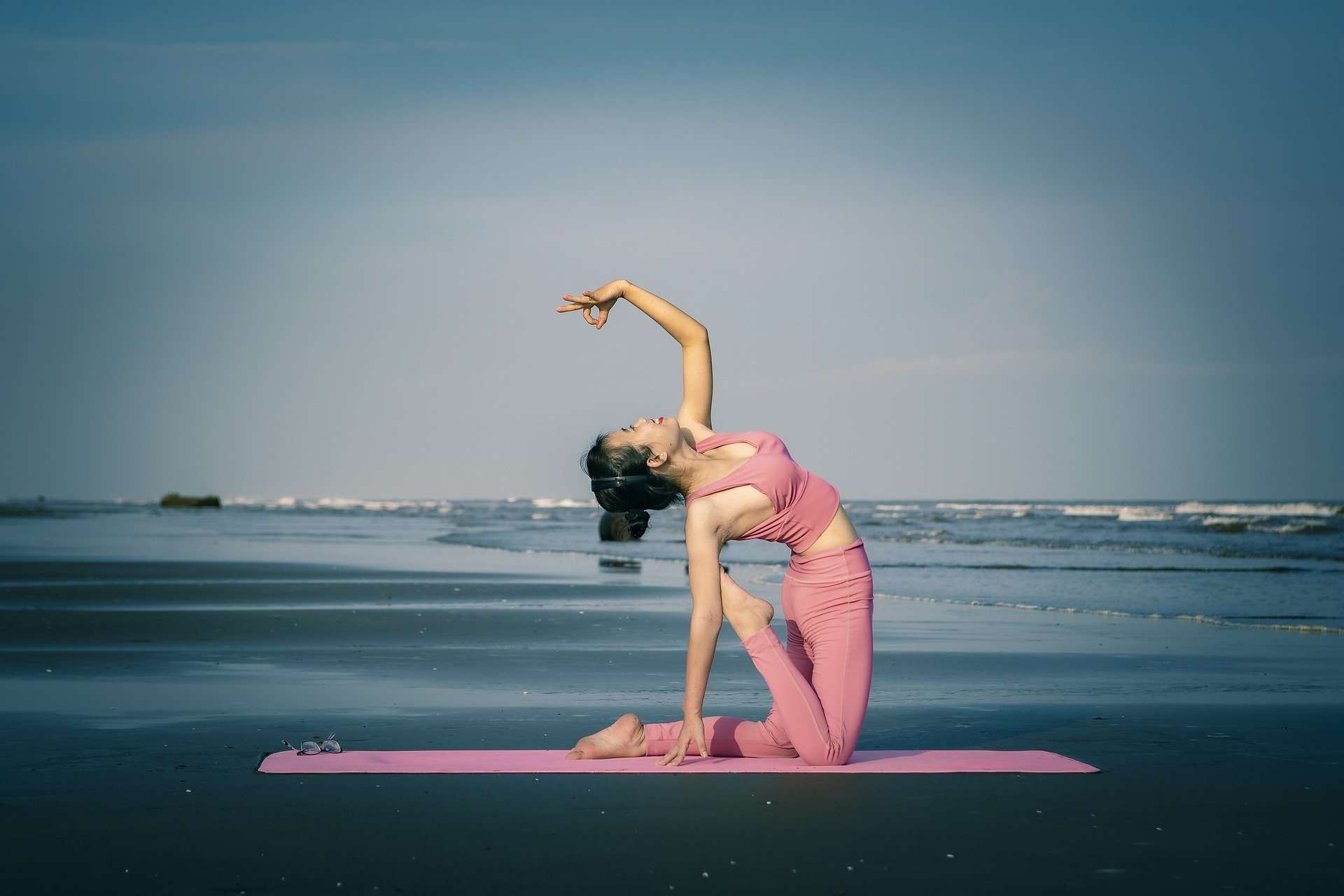

But you might be surprised to learn it can also lead to poor digestion, poor circulation, fatigue, breathing, impaired cardiovascular health, teeth grinding and impact your mood. 2018 20(4):145-151.You might already be aware that prolonged bad posture can lead to compromised vertebrae alignment, pain and nerve construction. Acute effects of core stability exercises on balance control. Trunk muscle activation during stabilization exercises with single and double leg support. Garcia-Vaquero M, Moreside J, Brontons-Gil E, Peco-Gonzalez N, Vera-Garcia F. Effects of hatha yoga exercises on spine flexibility in women over 50 years old. Changes in rounded shoulder posture and forward head posture according to exercise methods. Training benefits and injury risks of standing yoga applied in musculoskeletal problems: lower limb biomechanical analysis. Liu AM, Chu IH, Lin HT, Liang JM, Hsu HT, Wu WL. Effect of an exercise program for posture correction on musculoskeletal pain. Hold this position for 5 to 10 breaths.Raise your elbows to shoulder height with your shoulders remaining down and back (don't scrunch them up).Bring your forearms together, wrapping your right palm around your left palm with wrists crossing.Bend your arms, crossing the left over the right to connect them at the elbows.Raise your arms in front of you, parallel with the floor.Cross your right thigh over your left thigh, hooking your right foot around your left calf.Shift your weight to your left foot and lift your right foot off the floor.Begin with your legs bent, arms by your sides.It's also a good way to get in a stretch at work. If this pose is super challenging, try the chair version. Keeping the erect alignment is another way to improve your awareness of your body in space. There's a tendency to lean the torso forward in this pose. It doesn't matter if you can't wrap your top leg all the way around, but do make sure that your shoulders are stacked on top of your hips. Eagle arms open the back of your heart (between your shoulder blades). Repeat, continuing for 5 to 10 breaths, moving the entire spine.Įagle Pose (Garudasana) challenges your balance and helps you build a strong core.Draw your belly button up toward your spine, then gently tilt your neck down to drop your head.Roll your pelvis to tuck your tailbone under, continuing this movement along your entire spine.

Exhale and place the tops of your feet on the floor.Continue the movement up your spine with your neck moving last, looking toward the ceiling without straining your neck.Inhale and initiate the movement by tilting your pelvis, bringing your tailbone up.Curl your toes with your heels pointing upward.Maintain a neutral spine position with your neck long, gazing down and out.Begin on hands and knees with your wrists stacked underneath your shoulders and your knees underneath your hips.Yoga movements such as cat-cow, have been shown to help increase spinal flexibility and mobility and are recommended for improving quality of life. By moving the spine from flexion (cat) into extension (cow), passing through the middle each time, you learn to judge the neutral position more accurately. The Cat-Cow Stretch (Chakravakrasana) is excellent for helping you discover the ideal, natural curves of your spine. Take 5 to 10 deep breaths while maintaining this position.Keep your neck long and crown rising toward the sky.Your arms should hang by your sides with a slight bend of the elbows, palms facing forward.Your shoulder blades should be drawn down and back. Brace your core and stack your shoulder blades in line with your pelvic bones.Rotate your thighs inward, to widen your sit bones.Contract the muscles on the front of your thighs, raising your kneecaps.Stand with your big toes touching, toes spread, heels separated slightly.Rather, it is to find a neutral position where you are neither leaning forward nor back and you feel symmetrical on either side of your midline. It takes a lot of practice and correction to be able to do this on your own.Īt first, you may overcompensate for a tendency to slouch by pushing the shoulders too far back and sticking out your chest. But when done correctly, mountain pose is actually quite complex, because it teaches you to sense when your body is in perfect vertical alignment. Mountain Pose (Tadasana) looks simple enough.


 0 kommentar(er)
0 kommentar(er)
